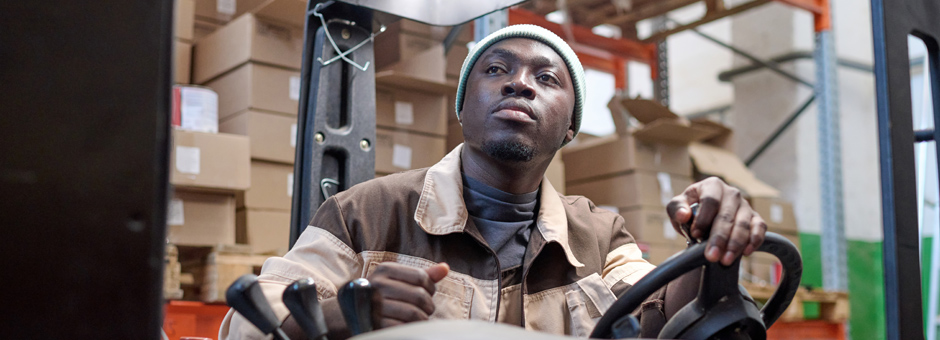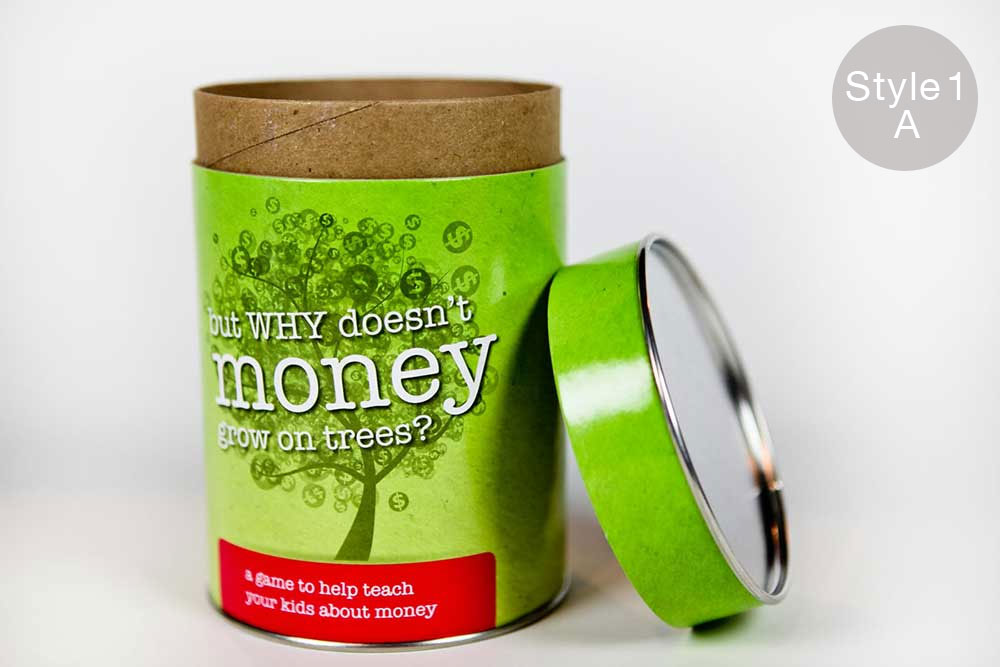
We are looking for a full-time, certified forklift driver for our Pico Rivera warehouse.
Contact us for details.
|
Post:
On: Category: Tags: forklift driver, hiring, jobs, los angeles, now hiring, pico rivera, trabajando, work |
Now Hiring We are looking for a full-time, certified forklift driver for our Pico Rivera warehouse. Contact us for details. |
|
Post:
On: Category: Tags: California, end closures, ends, friction fit, los angeles, packing, packing tubes, paper, paper tube packaging, pico rivera, plastic end plugs, plastic plugs, poster tubes, shipping tubes |
When choosing a paper tube, be sure to consider the End Closure Getting a product to market, or planning how best to ship it, is quite a feat. There’s a million details that need to be considered. A brown cardboard box is simple and economical. Think about all of your amazon.com orders. How do they arrive? In a brown cardboard box with an Amazon logo. It gets the job done. But does it leave a lasting impression? No.When you order a rare print or poster, and it arrives in a poster tube (not a box), but default, it’s exciting. But why? It’s different. It’s not a box. It’s round. Round packaging is less common, so it feels exciting. A “paper tube” becomes a “poster tube” when two things happen: first, when you insert a poster. And second, when you insert end closures.Friction-fit plastic end plugs are used with poster tubes for a variety of reasons. Plastic end plugs are light and help keep shipping costs low. The ribbed, friction fit helps the packer and end user easily remove and replace them. And lastly, they’re available in different colors. For more information on our end closures, visit our product page. |
|
Post:
On: Category: Tags: 3 piece telescope tube, California, family business, fiber can, how its made, los angeles, made in america, made in usa, metal ends, paper canisters, pico rivera, retail display, retail displays, retail packaging, spiral paper tube, telescope tube, three piece telescope tube |
Paper Canisters look great on retail shelves Is it possible to make a brown paper tube look good? Yes!Paper canisters are spiral paper tubes, wrapped with custom graphics, with a top and a weight-bearing base. This “buy WHY doesn’t money grow on trees?” example (picture above) is what we refer to as Style 1A. It’s a beautiful way to package your product without using a boring square box. This canister is made up of three separate tubes. The first is the “top,” seen on the right, leaning against the base. The top has a permanent metal end, similar to what you’d see on a Pringles canister.The brown paper tube is called the “neck.” The top fits right over the neck. The neck fits snugly into the base, and gets glued into place. When the top is placed onto the base, the neck is completely hidden. Depending on preference and budget, the neck can also be made with all flat white paper to give it a clean, retail look. The base matches the look of the top, but is much taller than the top to ensure stability when placed on a shelf. The base also has a permanent metal end. The metal ends we use are all silver in appearance. We’ve tried gold and other colors, but our process scratches the finish. So, we stick to silver. For more information on paper canisters, visit our product page. |
|
Post:
On: Category: Tags: 2 x 24, 2 x 36, 2 x 48, 3 x 24, 3 x 36, 3 x 48, California, crimped, los angeles, mailing tubes, manufacture, manufacturer, pantone, pico rivera, poster tube, poster tubes, shipping tubes, snap seal |
You Won’t Find Custom Poster Tubes at Your Local Office Supply Shop – Part 1Color: Kraft aka Brown End Closure: White plastic plug
Local office supply stores stock some of the common poster tubes – 2″ inside diameter x 24″ usable length, 2″ inside diameter x 36″ usable length, 2″ inside diameter x 48″ usable length and 3″ inside diameter x 24″ usable length, 3″ inside diameter x 36″ usable length, 3″ inside diameter x 48″ usable length. For some, these sizes are sufficient. But many are left wondering where they can find a custom poster tube with something besides kraft brown or matte white outside wrap. If you’re finding yourself in the latter group, this blog is for you. Here are a few pictures of some customer poster tubes we make. You’ll notice that most of these poster tubes have white plastic end plugs – white plastic plugs are the cheapest, lightest, most common way to secure the ends of a poster tube. These plastic plugs are available from 1 inch to 12 inches. Custom Pantone color end plugs are available in quantities of 50,000 – 100,000.
Color: Matte Black aka Flat Black End Closure: White plastic plug Color: Glossy Red End Closure: White plastic plug Color: Glossy Yellow End Closure: White plastic plug
Color: Glossy Black End Closure: White plastic plug
Color: Kraft aka Brown End Closure: Crimped Ends aka Snap Seal
Crimped poster tubes or “snap sealed” poster tubes are an alternative to “open end” poster tubes with plastic end plugs. Because glossy paper is much thinner than kraft brown paper, it tends to tear or rip when crimped, so crimped posters tubes are usually ordinary kraft brown, though sometimes matte white or matte black. Crimped poster tubes don’t require plastic end plugs, but they do require a little more labor. Open end poster tubes are manufactured and ready to go. Crimped end poster tubes are manufactured, then sent to get crimped. Because of the additional step, the lead time or turnaround time for this type of poster tube is a little longer. A great way to brand crimped end poster tubes and increase product visibility is to add a one color print (like a rubber stamp). To see examples of custom printed poster tubes and crimped end poster tubes, stay tuned for Part 2 of You Won’t Find Custom Poster Tubes at Your Local Office Supply Shop.
|
|
Post:
On: Category: Tags: #DTLA, 110, business, corner protectors, downtown los angeles, edge protectors, family business, mailing tubes, manufacturing, packaging, paper, pico rivera, seventy, shipping, shipping tubes, south los angeles, v-board |
Serving Los Angeles since 1949
Spiral Paper Tube & Core was founded by George Hibard Sr., a US Marine and World War II veteran, nearly seventy years ago. A machinist by trade, he designed and fabricated most of our first machines. From 1949 to 2004, we were located south of downtown Los Angeles at 8802 S. Graham, Los Angeles, CA 90002. Bursting at the seams, we needed a bigger building, more more efficient transportation, and additional office space.Originally, we manufactured spiral paper tubes such as garment tubes, tape cores, and mailing tubes. All were, and still are, relatively simple to manufacture and serve a wide audience. Over the years, we’ve explored more industries, discovering even more spiral paper tube needs. This has resulted is us making smaller diameters, larger diameters, shorter tubes, longer tubes, thinner tubes, thicker tubes, as well as adding custom paper, plastic and metal end closures.
In 2002, George Hibard Jr., like his father, designed and fabricated a machine that manufactured a paper product with a few different names: edge protectors, corner protectors, or simply “v-board.”Invisible to most retail consumers, this v-shaped corner protector can always be seen at big box retailers such as Costco and Sam’s club on pallets of merchandise still shrink wrapped on the shelving.
With nearly seventy years of business under our belts, we’ve learned, grown, adapted, and have enjoyed serving Los Angeles with our paper packaging and shipping products. We’re looking forward to another seventy! |
|
Post:
On: Category: Tags: customer, edge protectors, family business, hibard, los angeles, office, paper tubes, pico rivera, spiral paper tube, staff, stories, usc, vendor |
The History of Spiral Paper Tube & Core – Los Angeles |
|
Post:
On: Category: Tags: .120, .160, .180, .225, .250, 2.5 x 2.5, 2x2, 3 x 3, cardboard box, corner protectors, corrugated box, edge protectors, los angeles, LTL shipments, orange county, pico rivera, san diego, truckload shipments, vboard |
Freight companies are damaging our shipments. What can we do?
If you ship corrugated boxes on pallets, you’ve probably said this before. A few years ago, box manufacturers started making cardboard boxes with higher recycled content. This is good for the environment but bad for logistics. What you may have saved by purchasing a more economical box, you’re paying for in freight claims. What’s the solution?Protect your LTL and truckload shipments by adding Edge Protectors along the vertical and horizontal corners. Paper Edge Protectors protect vulnerable corners during transit. When metal or plastic strapping is used, Edge Protectors also help distribute the force of the banding, resulting in a secure and protected shipment. Combining a few Edge Protectors with those recycled boxes will continue to save you money, and help you avoid future freight claims. Visit our product page for additional technical specifications.
|
|
Post:
On: Category: Tags: business, companies, corner protectors, dozen eggs, edge protectors, egg carton, los angeles, packaging, pico rivera, recycled paper, sheet metal, spiral paper tube, strapping, wooden pallet |
Can You Identify the Edge Protectors?
Did you select the middle image? Congratulations!Edge Protectors are also known as Corner Protectors. They’re used to protect edges and provide additional column strength when used vertically. In the picture above, they’re being used to do both. Edge Protector Facts:
Why Are Edge Protectors Important?When paper is initially made from wood, it has long, strong fibers. Each time paper is recycled, the fibers are shortened, reducing its strength. A common egg carton is the end of the road. The paper has been recycled so many times it has no structural strength. It’s barely strong enough to hold a dozen eggs. It’s more economical for corrugated box makers to use recycled paper to make boxes. The higher the recycled content, the shorter the fibers, the weaker the box. The majority of business-to-business shipments (boxes) are sent on wooden pallets, which is why Edge Protectors are needed. Low-quality boxes are set on pallets, with an edge protector placed on each of the four corners, then stretch wrapped. Together, the wooden pallet, weak corrugated boxes, and thick Edge Protectors create a sturdy shipment. It’s more economical for businesses to combine a cheaper, low-quality box with Edge Protectors than it is to purchase corrugated boxes made with less recycled content. |
|
Post:
On: Category: Tags: California, family business, george hibard sr., los angeles, orange county, pico rivera, riverside, sacramento, san bernardino, san diego, san francisco, small business, tape and label cores, ventura, west coast |
California is a great place to make tubes and edge protectors!
Back in 1949, George Hibard Sr. founded Spiral Paper Tube & Core in Los Angeles. Today, we’re still in Los Angeles. With our many freeways, rail yards, and proximity to the Los Angeles and Long Beach ports, it makes shipping and receiving pretty easy…a must for any mid-sized packaging manufacturer! Read more… |